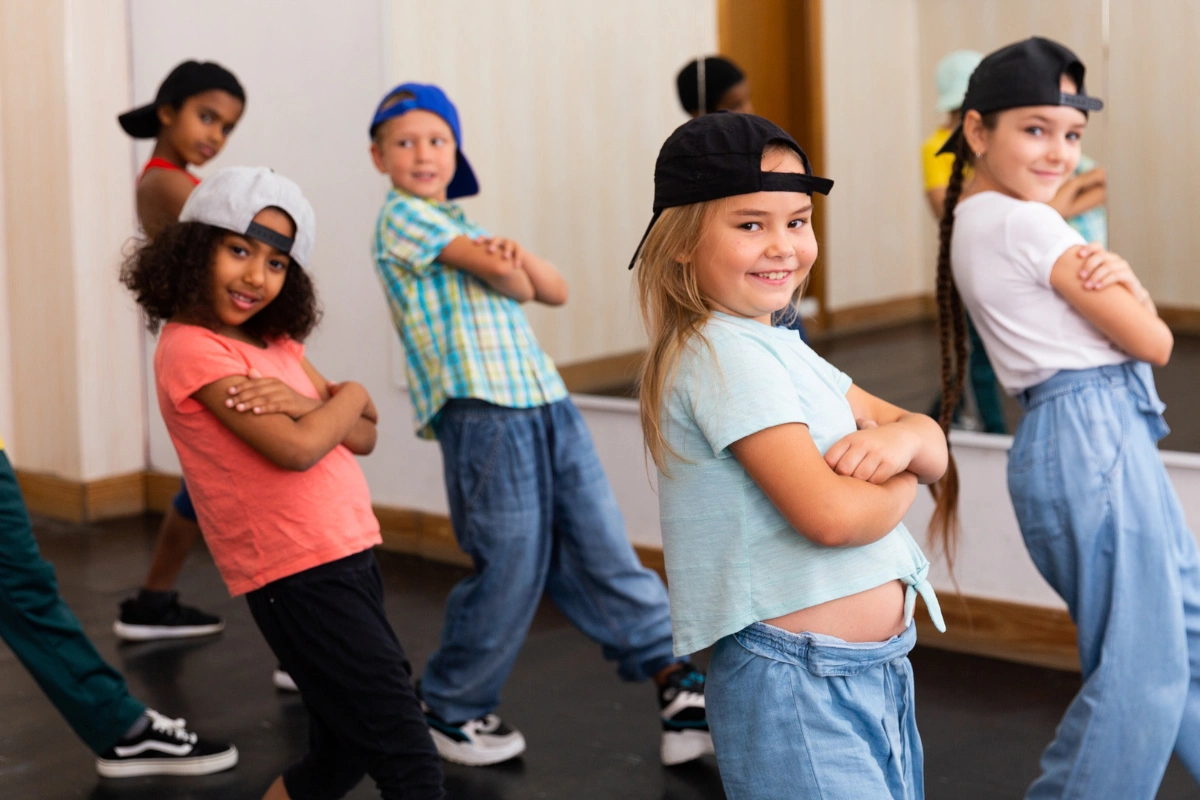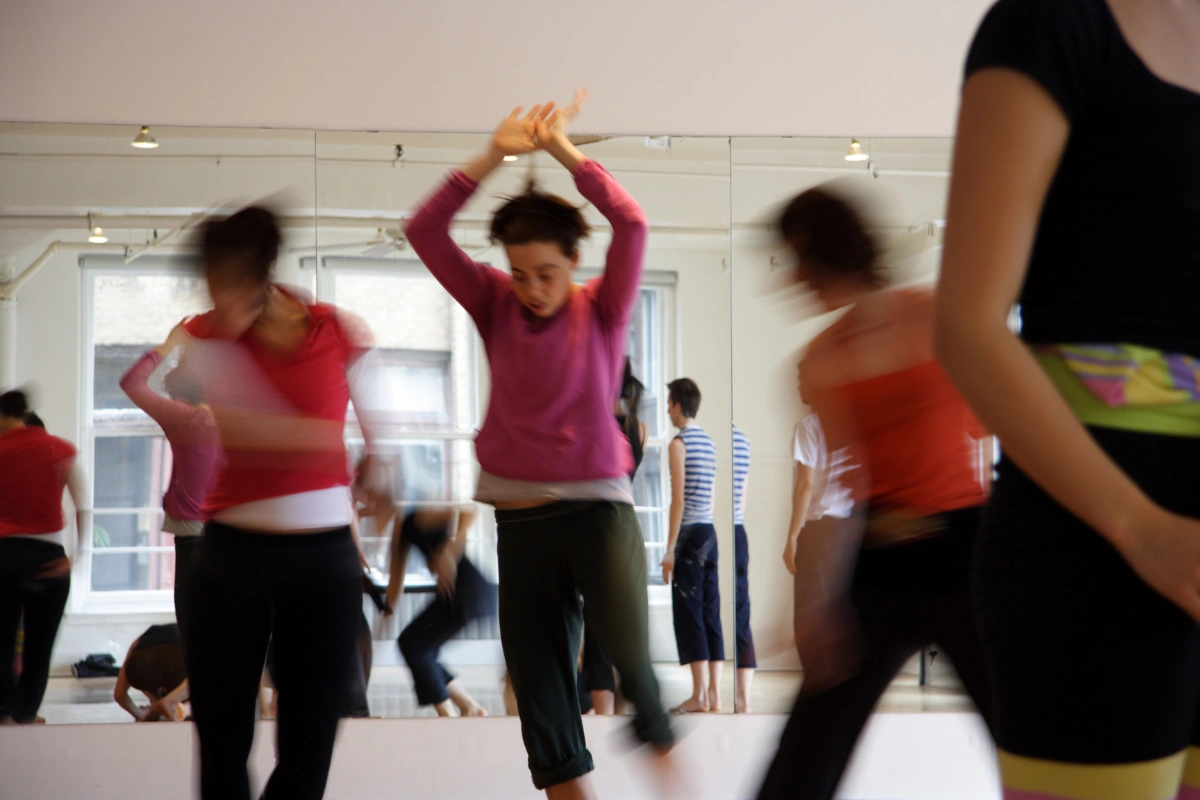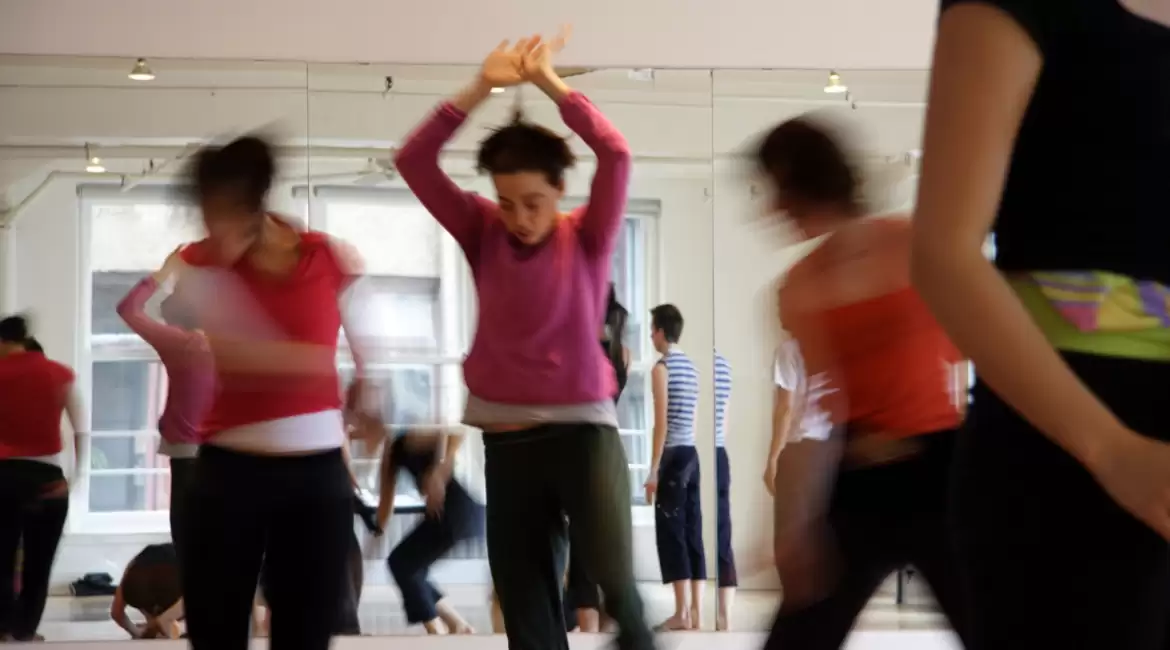Dance, with its ability to transcend language and culture, has long been revered as a universal form of expression and a source of profound joy. For dancers of all levels, from novices to seasoned professionals, the journey of self-discovery and artistic growth is an ongoing pursuit, marked by moments of triumph and challenges alike. In this dynamic and ever-evolving landscape of movement, there exists a hidden gem that holds the key to unlocking new dimensions of skill, creativity, and passion: the beginner dance class. While often overlooked in favor of more advanced training, the beginner dance class offers a wealth of benefits that are indispensable to dancers of every caliber. In this exploration, we delve into the myriad reasons why every dancer, regardless of experience or expertise, should embark on the transformative journey of a beginner dance class. From rekindling a love for the art form to refining fundamental techniques and fostering a supportive community, the beginner dance class holds the power to reignite the spark of inspiration and propel dancers toward new heights of excellence. Join us as we uncover the compelling reasons why embracing the beginner’s mindset is not only beneficial but essential for every dancer’s growth and enrichment.
There’s less pressure in a beginner dance class
In a beginner dance class, the atmosphere exudes a distinct lack of pressure, providing a stark contrast to the potentially competitive ambiance often found in advanced classes. While it’s not to suggest that all advanced classes are characterized by cutthroat competition, there tends to be an underlying hunger for excellence that permeates them. However, within the confines of a beginner dance class, the energy is notably more relaxed.
Here, the primary focus isn’t on executing routines flawlessly or garnering admiration from peers; rather, it revolves around relishing the simplicity of movement and reveling in the camaraderie shared with fellow dancers. The environment is nurturing, devoid of the stifling pressures that can sometimes accompany more advanced levels of instruction. It truly feels like a breath of fresh air, allowing participants to explore their passion for dance without the weight of expectation bearing down on them.
Bianca Vallar, a seasoned dancer affiliated with prestigious entities such as Choreo Cookies, Disneyland, and Bloc Talent Agency, articulates her appreciation for beginner dance classes by invoking the nostalgic thrill of initially embracing the art form. She reflects on the essence of dancing purely for the joy it brings, unencumbered by the need to prove oneself or outshine others.
Yet, despite the absence of intense scrutiny, it’s imperative to recognize that personal growth still remains a vital component of the beginner dance experience. While the pressure may be less overt, there’s an inherent expectation for participants to challenge themselves in new and meaningful ways. Rather than striving for technical perfection or competitive success, the emphasis shifts towards self-discovery and the cultivation of individual expression. Thus, even in a beginner dance class, there exists a unique opportunity for participants to push themselves beyond their comfort zones and embark on a journey of personal development.

A beginner dance class forces you to use your body
Engaging in a beginner dance class presents a unique physical challenge, compelling participants to fully harness the capabilities of their bodies to navigate through the intricacies of movement in harmony with the music.
Unlike more advanced classes where the pace may be brisk and the choreography intricate, beginner classes typically feature slower-paced routines. This deliberate tempo leaves little room for shortcuts or half-hearted efforts. Instead, dancers are required to wholeheartedly commit to each movement, utilizing every muscle group to execute steps with precision and grace. The slower tempo paradoxically demands greater muscular engagement, as there is no option to rely on momentum or speed to mask deficiencies in technique.
In this environment, the concept of dancing “full out” takes on a newfound significance. Every extension, every rotation, every step must be executed with maximum effort and intentionality. There’s a palpable sense of satisfaction in fully immersing oneself in the movement, pushing the limits of physical exertion to achieve a sense of completeness and fulfillment.
Moreover, the challenges posed by a beginner dance class transcend skill levels. Whether you’re a novice or a seasoned dancer, the class serves as a platform for honing fundamental skills and refining the foundational elements of dance. It’s an opportunity to revisit and reinforce the building blocks of technique, fostering a deeper understanding of movement principles that underpin more complex choreography.
As participants invest time and energy into utilizing their entire body to meet the demands of the class, they embark on a journey of self-discovery and physical mastery. Each session becomes a transformative experience, wherein dancers not only refine their technical proficiency but also cultivate a profound connection between mind, body, and music.
You can LIIIIIVE in a beginner dance class
In the immersive environment of a beginner dance class, you have the unparalleled opportunity to fully immerse yourself in the joy of movement without the constraints of intricate choreography or rigid structure.
Unlike advanced classes where the focus often revolves around mastering complex sequences or meticulously memorizing lengthy choreography, beginner dance classes offer a refreshing departure from such demands. Here, the emphasis is on embracing the sheer pleasure of dancing, allowing participants the freedom to explore their own unique rhythm and style.
While advanced choreography classes may occasionally provide brief intervals for personal expression, such moments are typically fleeting. The overarching objective remains centered on mastering predetermined choreography, leaving little room for individual creativity or spontaneous movement. In contrast, beginner dance classes afford a greater degree of artistic license, empowering participants to infuse their performances with personal flair and interpretation.
Within the framework of beginner-level choreography, there exists ample room for improvisation and self-expression. Rather than being confined to rigidly prescribed movements, dancers are encouraged to unleash their creativity, incorporating spontaneous gestures, expressions, and movements that resonate with their own natural groove.
Indeed, beginner dance classes serve as a platform for self-discovery and self-expression, providing a supportive environment where participants can freely explore their artistic instincts and unleash their inner shine. Whether it’s through fluid movements, captivating performances, or expressive facial expressions, these classes celebrate the unique talents and individuality of each dancer, fostering a sense of liberation and empowerment on the dance floor. So, embrace the opportunity to “live” in the moment and shine bright – for in the realm of beginner dance classes, the journey to finding your natural groove begins.

A beginner dance class takes you back to the basics
Embarking on a journey through a beginner dance class is akin to stepping back in time, rediscovering the timeless rhythms and foundational movements that laid the groundwork for contemporary dance crazes.
Long before the advent of viral sensations like the whip, dab, or nae nae, there existed a rich tapestry of iconic grooves such as the smurf, shamrock, and Steve Martin. These are the dance moves that evoke memories of carefree moments spent at parties with friends, where the simple act of grooving to the music brought immense joy and camaraderie.
In Bianca’s beginner dance class, participants are reintroduced to these classic steps, enveloped in an atmosphere teeming with nostalgia and infectious energy. Through repetitive practice and enthusiastic exploration, dancers immerse themselves in the essence of these time-honored movements, reviving them from obscurity and infusing them with newfound relevance.

Despite the transient nature of contemporary dance trends, the allure of these classic steps endures, transcending generations and leaving an indelible mark on the collective consciousness. While modern choreography may incorporate variations of these timeless moves, there’s an undeniable sense of admiration and respect when they resurface in performance settings.
At its core, the essence of beginner dance classes lies in the celebration of movement for movement’s sake, imbued with a sense of joy and spontaneity that transcends technical proficiency. It’s about rediscovering the joy of dancing, one step at a time, and embracing the inherent simplicity and elegance of the foundational movements that form the bedrock of the art form.
Moreover, beginner dance classes offer a unique opportunity to delve into steps and techniques that may be overlooked in more advanced settings. These foundational elements serve as the building blocks upon which dancers can develop their skills and expand their repertoire, laying a solid groundwork for future growth and exploration.
Summary
The beginner dance class, often overshadowed by more advanced training, emerges as a vital component in the journey of every dancer. This exploration delves into the reasons why dancers of all levels should embrace the beginner’s mindset and partake in these foundational classes. Despite its seemingly simplistic nature, the beginner dance class offers a plethora of benefits, including the rekindling of passion for dance, the refinement of fundamental techniques, and the cultivation of a supportive community. By immersing themselves in the beginner’s journey, dancers unlock new dimensions of skill, creativity, and inspiration, propelling them toward greater heights of excellence. In essence, the beginner dance class serves as a gateway to a deeper understanding and appreciation of the art form, enriching the lives and careers of dancers across the spectrum of experience and expertise.


Leave a reply